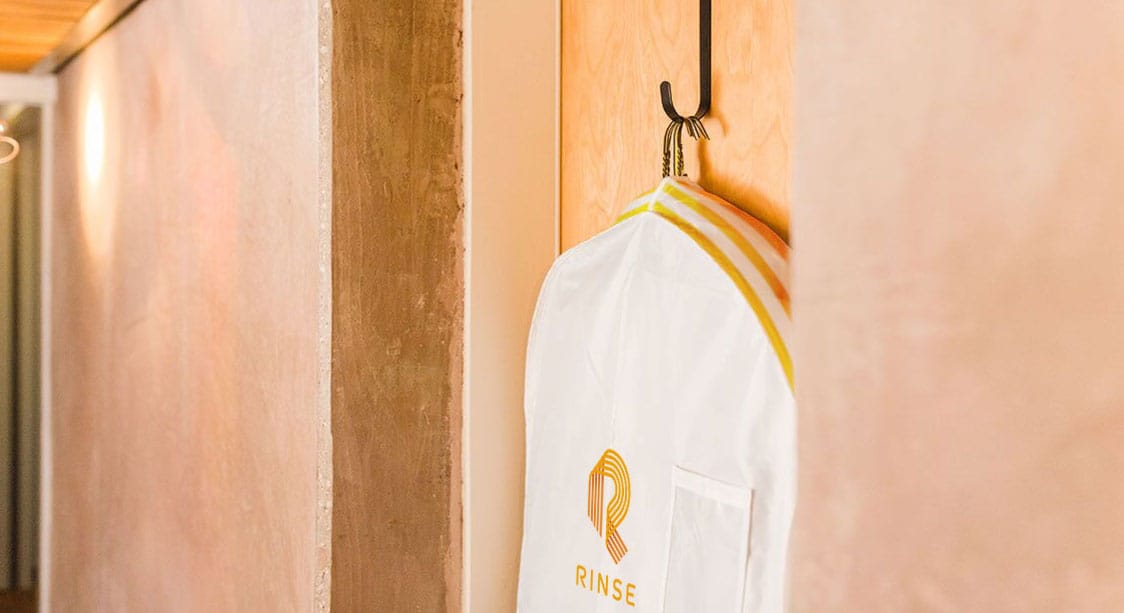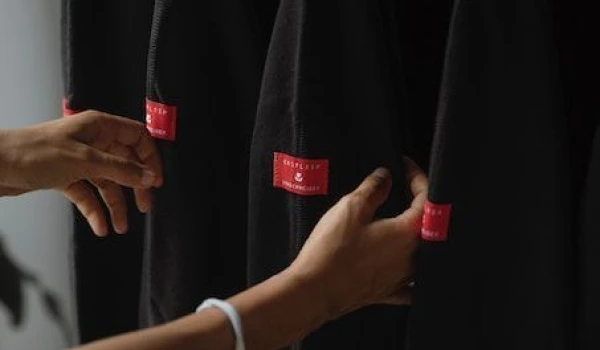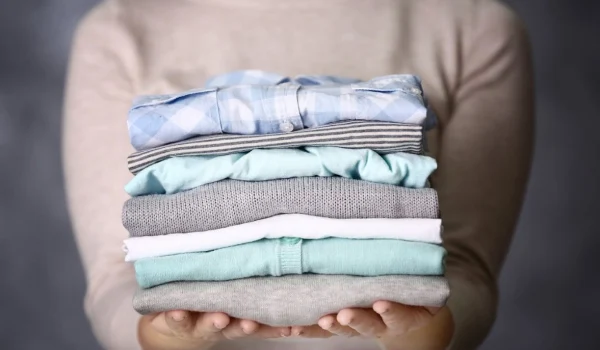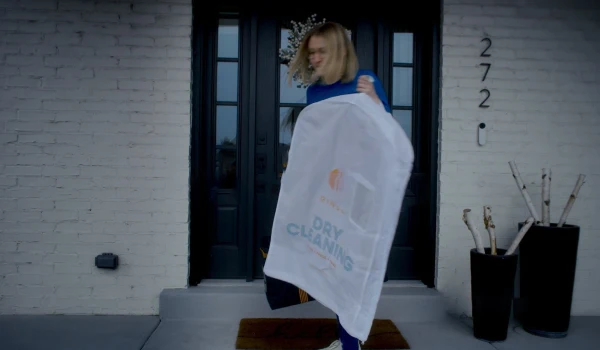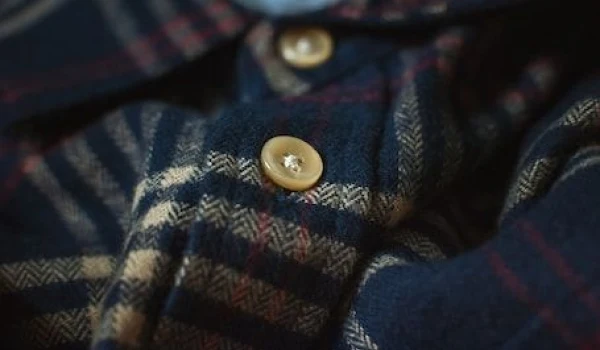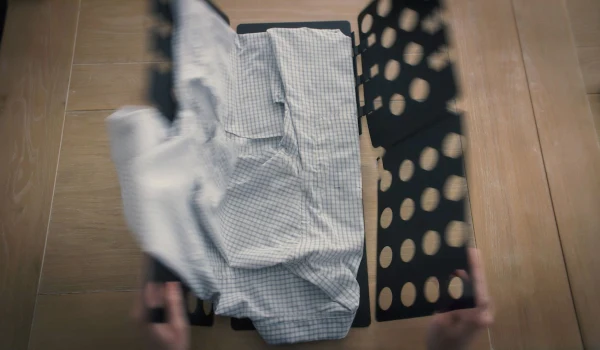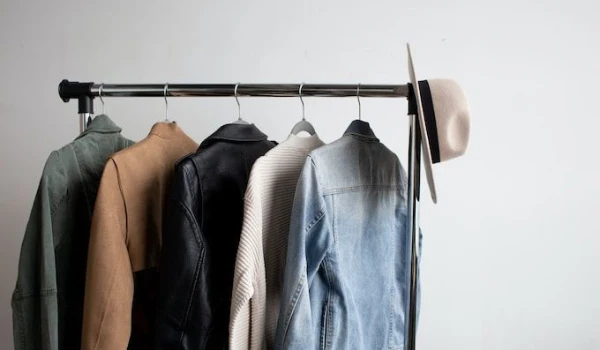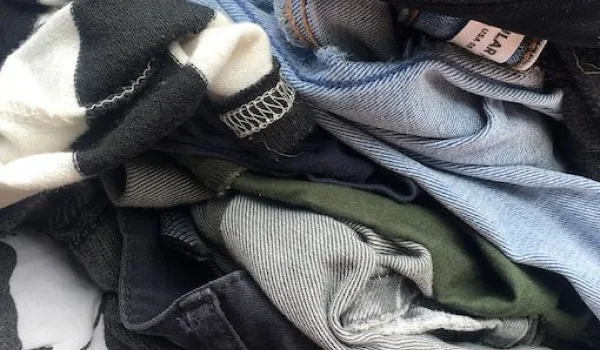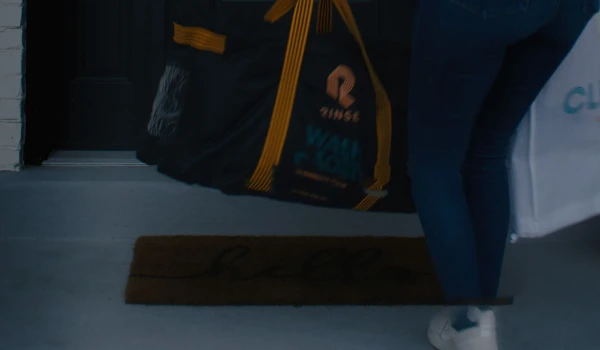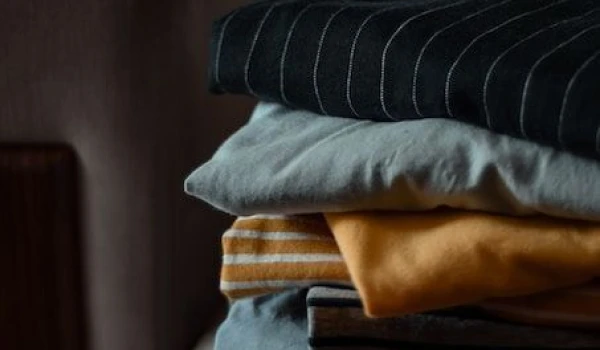Some clothes are cherished items, like that sweater you got from your mother or that classic watch your spouse gave you as an anniversary gift. Those are the pieces you keep without question. But other times, there are garments that you may need to say goodbye to.
Here are some tips on when to consider letting go of your closet clutter, along with a helpful guideline for clothing donation.
Your personal style has evolved
While past trends sometimes make a comeback—think the silk and beads of '20s glamor or the flannel shirts of grunge re-imagined—there comes a point when you realize that your personal style has evolved. There's a difference between holding on to a vintage piece (is it truly vintage?) and an outfit that you never wear anymore. One is a timeless investment, while the other is wardrobe clutter. Create some closet space by getting rid of items that don't suit your current aesthetic.
If you haven't worn a piece of clothing for more than a year, it's time for it to go. Consignment stores are a great place to offload pieces that you don't need anymore.
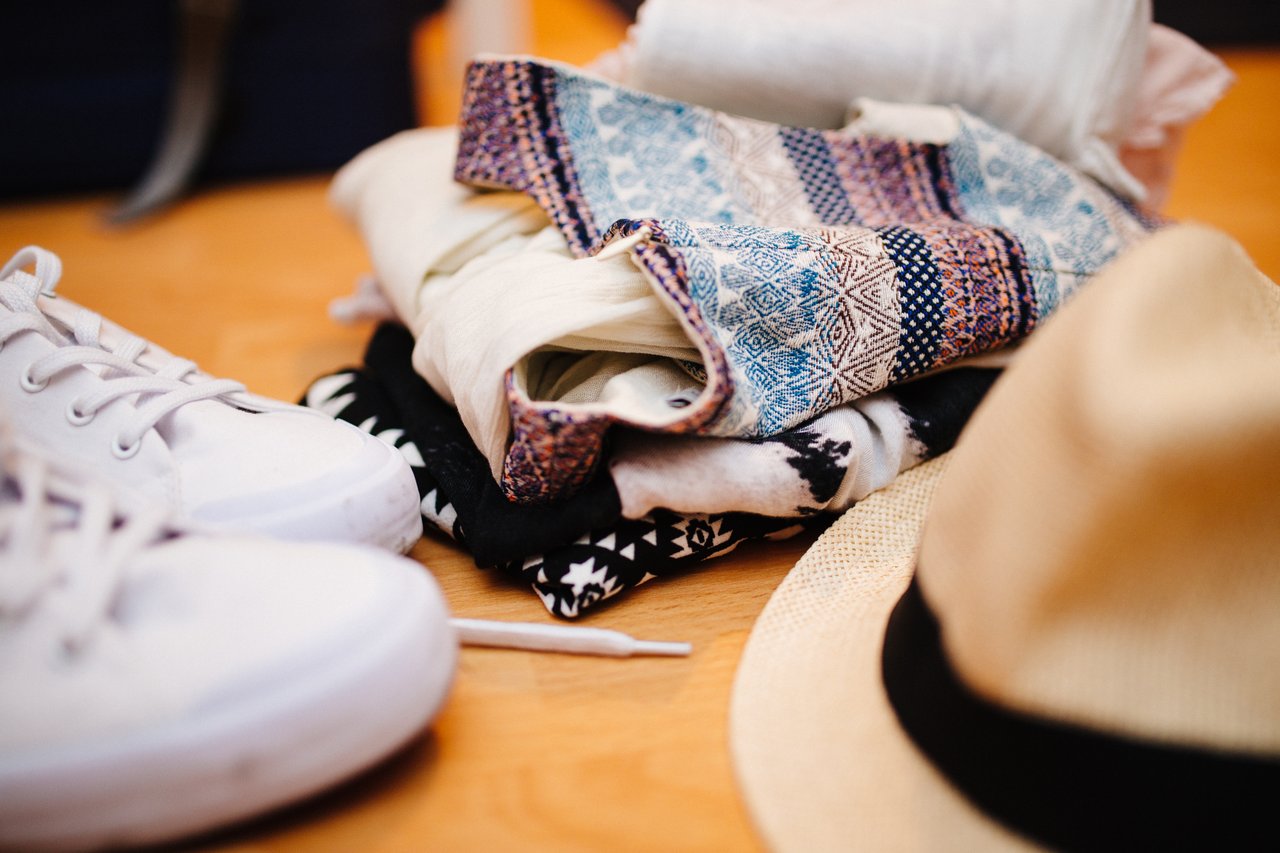
You've physically outgrown your old clothing
Fit is everything. No matter how great an item of clothing is, if it doesn't fit right, it doesn't belong in your closet. If you're holding onto it for sentimental value, ask yourself if you really need that sportswear from high school or your old ballet uniform from your childhood. Or, if something has a particular sentimental value to you, think about ways that you can repurpose it to extend its use—like creating a purse or pillowcase.
If you can't bear to part with a certain piece of clothing, try this intermediary trick: place the item(s) in a garment bag and put it aside for three to four months. If the item doesn't cross your mind during that time, donate it by the end of the season.
You're moving to a new city, or entering a new life stage

Whether you're moving to a new city or starting a new job, these changes will be reflected in your wardrobe. It's not practical to bring every single piece of clothing you own, so make use of this opportunity to declutter. Furthermore, if you're moving from a colder to warmer climate, it's the right time to donate those coats hanging in your closet—Arizona and thick winter jackets don't mix!
Sometimes the transition can be more subtle and it takes a discerning eye to decide what to keep and what to donate. Perhaps you're moving from a corporate culture to a more creative work environment or vice versa. In other cases, you might be switching coasts. Each city has its own distinctive sense of style; rely on your inner circle for a second opinion, or browse through magazines and style blogs to get a sense of what to keep and what to give away to help put your best foot forward as an acclimatized New Yorker or L.A. resident.
Clothing donation etiquette guide

Things to consider:
- Try to clean out your closet at least once a year, or ideally, at the end of every season. Most consignment stores won't accept clothing that's more than two years old, so keep that timeline in mind when selecting pieces to donate.
- While it might be tempting to donate stained clothing you can't seem to get clean, take your garments to a professional dry cleaning service first. They may be able to take care of any persistent stains as well as smells—they might even have clothing donation programs to help you out.
- Consult donation program guidelines when giving your clothing to charity: check for stains, rips or any defects that might make the attire unsuitable for second-hand use.
- If you have more expensive or professional pieces you're looking to donate, such as old suits or dresses, look for donation companies that specifically help outfit people for job interviews.
- As a rule, consider gently used pieces when sending your clothes to charity. You want the new owner to feel good wearing your previously loved items!
Cleaning out your closet doesn't have to be a chore. Make a party out of it and invite your best friends over to help you out. This way, you'll have a streamlined closet with only the best pieces—and someone else will be able to enjoy your unique finds.
Photos: SunKids / Shutterstock.com, Kasia Serbin, Africa Studio / Shutterstock.com, photobyphotoboy / Shutterstock.com, Hannah Morgan


